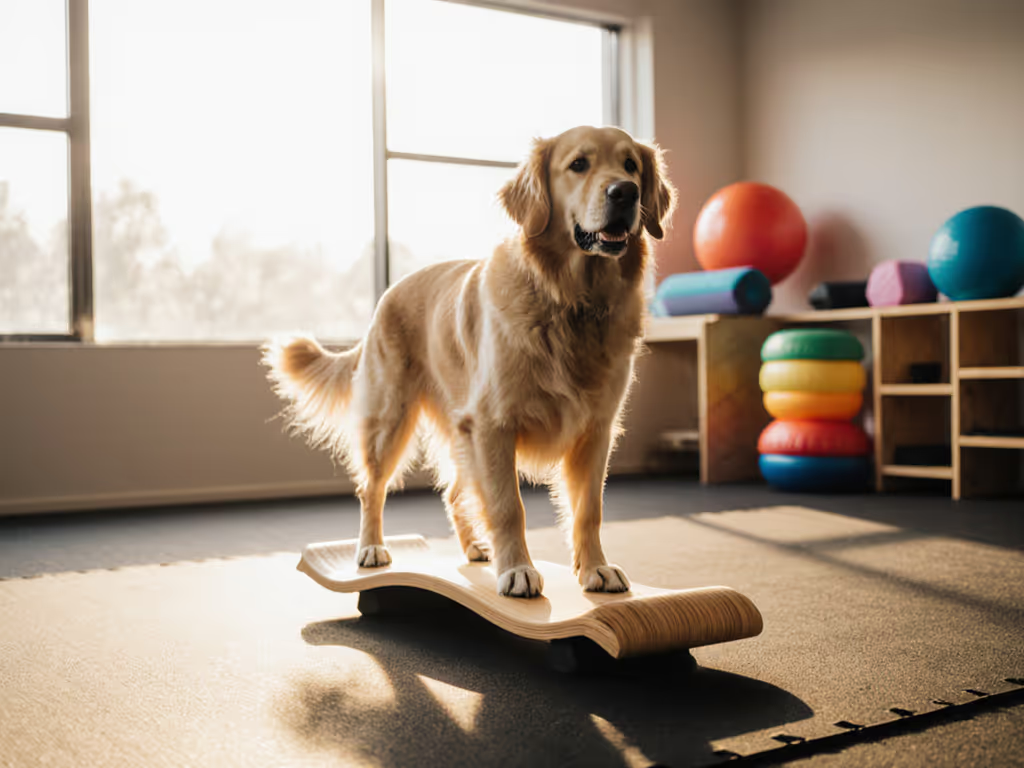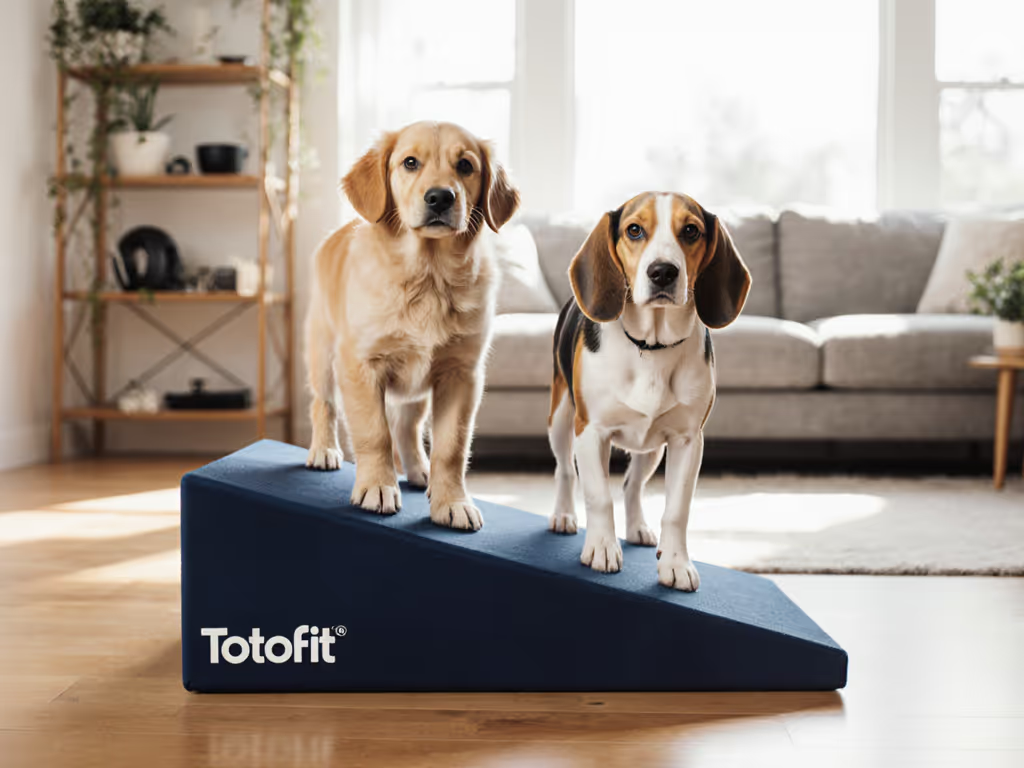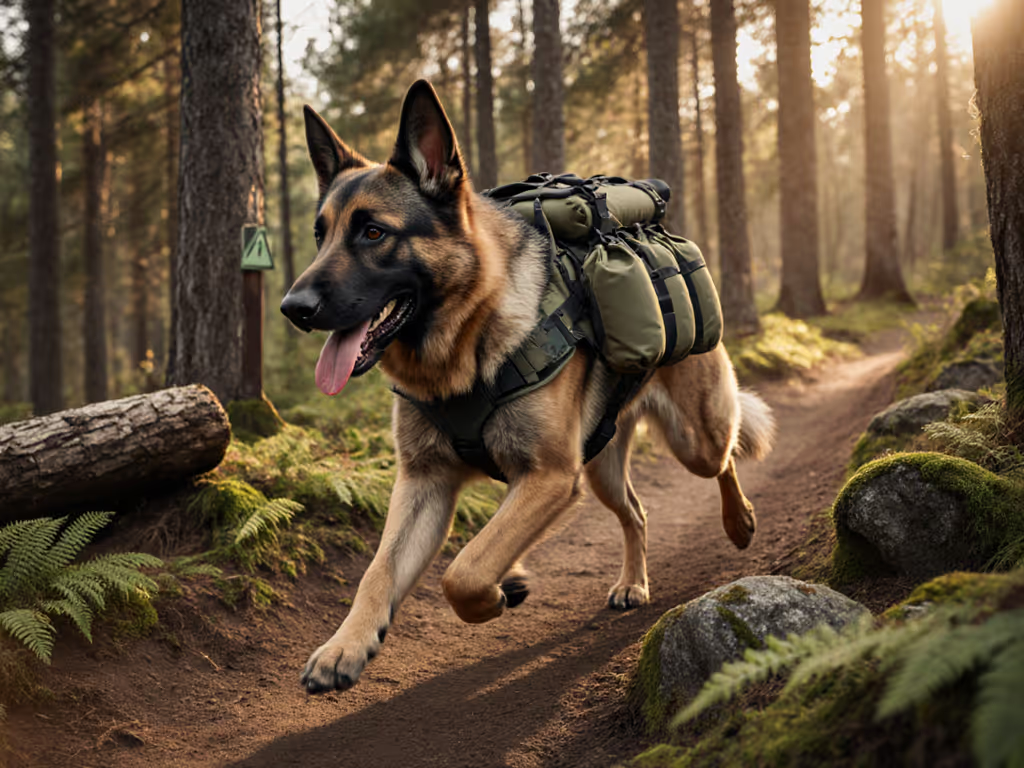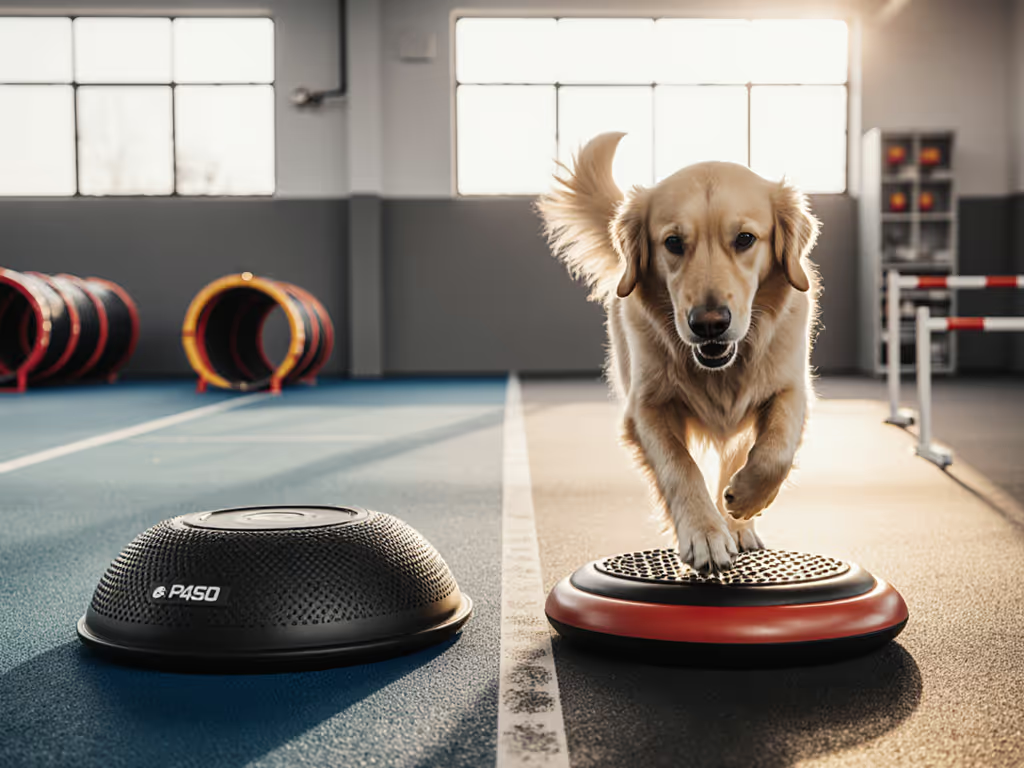
Senior Dog Fitness: Gentle Arthritis Relief Exercises
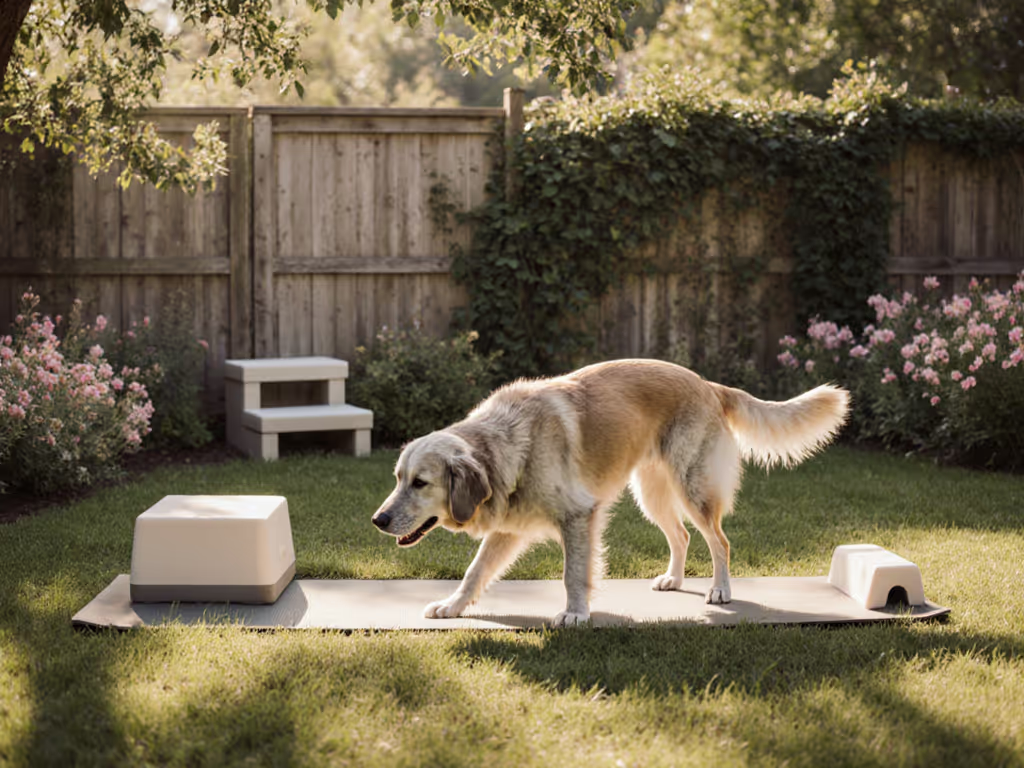
Every guardian dreads that moment when their once-bounding companion moves with hesitation. If you're exploring senior dog fitness strategies or seeking sustainable canine fitness for older dogs, you're already taking the most important step: refusing to accept stiffness as inevitable. The truth is, movement is medicine, but only when delivered in doses that honor your dog's changing body. In my tiny apartment hallway years ago, I watched a guardian wipe tears as her arthritic senior dog completed ten calm steps toward the door. That tiny victory, built on three-minute thresholds and a gentle turn cue, became the foundation for weeks of growing confidence. Teams learn together.
The Silent Struggle: Why Arthritis Steals Joy (And How We Unintentionally Make It Worse)
When arthritis creeps into your senior dog's life, it's not just about sore joints. It's the abandoned game of fetch. The skipped squirrel chase. The way they hesitate before jumping onto your lap, the very spot they once claimed with joyful abandon. What many guardians don't realize is that inactivity accelerates decline. Without movement, synovial fluid (nature's joint lubricant) dries up, muscles atrophy, and pain cycles deepen. A 2021 study confirmed dogs with hip arthritis exercising over 60 minutes daily showed less lameness than those moving under 20 minutes, even surpassing some medication effects. Yet the fear of hurting them keeps many of us frozen, watching our companions withdraw.
The emotional toll is real: seeing your lifelong friend navigate the world with effort chips away at your spirit. You might feel tempted to limit walks entirely, but physics is clear: controlled movement distributes load. The key isn't if they move, but how. For foundational principles on safe conditioning across life stages, see our canine fitness basics.
Your Gentle Roadmap: Small Wins That Rewire Pain Pathways
Forget marathon hikes or forced sprints. Senior dog fitness thrives on micro-moments of success. Here's how to design arthritis-friendly movement that builds resilience without risk. Remember: calm, consistent reps create confidence for both ends of the leash.
Phase 1: The Hallway Hero Walk (Home-Based Low-Impact Walking)
Start where anxiety is lowest: inside your home. Concrete sidewalks and traffic noise can overwhelm arthritic dogs before they've even warmed up. This progression checklist makes success inevitable:
- Stage Gate 1: 3 minutes inside, on non-slip surfaces (rugs or mats). Use a front-clip harness to reduce neck strain. Goal: 5 calm steps without tension.
- Stage Gate 2: Add one gentle turn cue ("This way!") mid-session. Goal: Smooth redirection without paw-lifting.
- Stage Gate 3: Extend to 5 minutes including two door thresholds (e.g., kitchen to living room). Goal: Pause-and-release through doorways without brace-pawing.
Gentle directive: Keep your shoulders relaxed, because dogs mirror handler tension. If they hesitate, back up 6 inches and wait. Movement happens in the space between pressure and release.
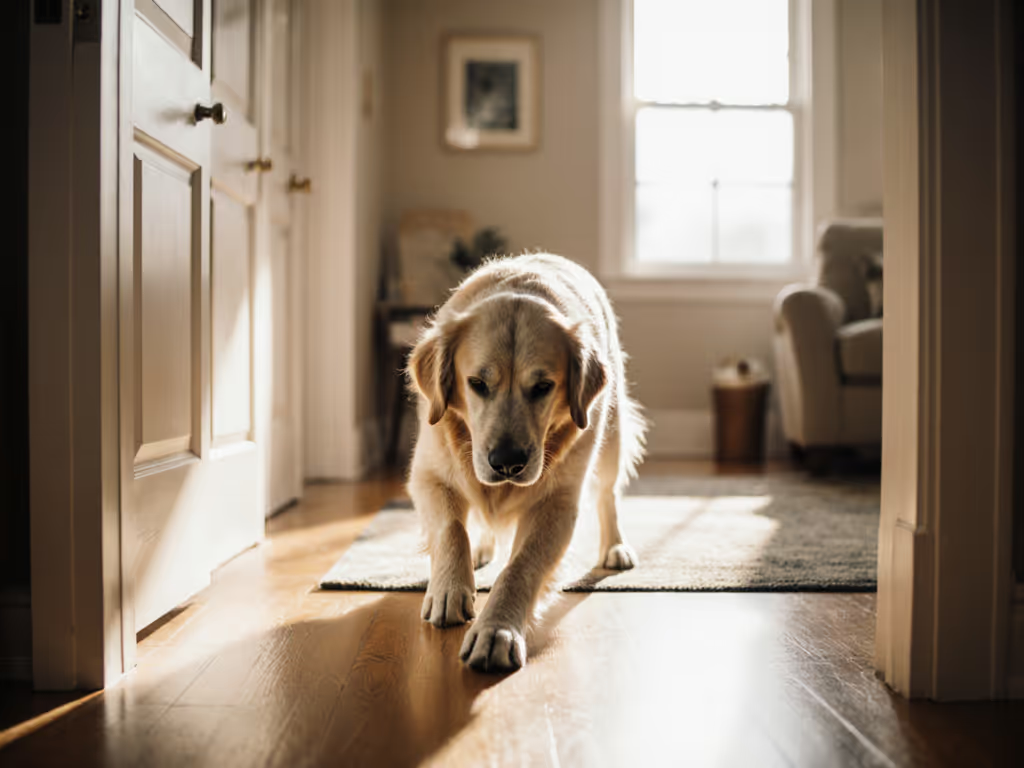
Phase 2: Joint-Friendly Stretching (3 Minutes Daily)
Unlike punishing stretches, these gentle canine conditioning moves mimic natural behaviors. Always do these after brief movement (never cold muscles) and stop if your dog pulls away. Work with your vet first, but these vet-approved stretches from real clinical practice deliver results:
The Hip Hug (For Stiff Hinds)
- Handler posture cue: Kneel sideways to your dog's hip, palms cupping above hocks.
- Gently lift one rear paw 2 inches off ground, only as high as tail-wagging continues.
- Hold 10 seconds while murmuring "Easy now..." Repeat 2x per side.
Why it works: Builds muscle memory for fluid sit-to-stand transitions without full extension.
Shoulder Nudge (For Front-End Stiffness)
- Stand facing your dog's shoulder, treat in hand.
- Slowly lure nose toward hip bone (creating a C-curve). Stop before head turns >45 degrees.
- Hold 8 seconds. Reward with treat at chin level to avoid neck strain (see our training treats guide).
Why it works: Preserves range of motion critical for navigating stairs or curbs.
Spine Sway (For Full-Body Flow)
- Place palms lightly on either side of mid-back.
- Apply feather-light pressure front-to-back in 1-inch pulses, like rocking a cradle.
- Continue for 30 seconds while counting breaths together.
Stress-reduction tip: Pair with a specific scent (e.g., lavender wipe on your wrist) to signal "safe movement time." Between sets, a training mat routine helps many seniors relax and reset without losing confidence.
Phase 3: Water Confidence Building (No Pool Required!)
Low-impact dog exercises reach their peak in buoyancy. But if your dog fears water:
- Step 1: Place damp towel on floor. Reward any sniffing.
- Step 2: Add shallow dish of water (1/2 inch) on towel. Treat for paw contact.
- Step 3: Use shower wand on lowest setting aimed at floor 3 feet away. Reward backward steps toward sound.
Never force immersion. The goal is neuromuscular comfort, not swimming laps. Many clinics now offer "paw-dip" hydrotherapy sessions where dogs stand in ankle-deep currents. This builds strength without the fear of full submersion.
Why Your Consistency Matters More Than Intensity
Arthritis rehabilitation isn't about fixing (it's about adapting).
- Synovial fluid production increases by 27% (confirmed by veterinary biomechanics studies)
- Muscle guarding decreases through predictable repetition
- Your dog's nervous system learns: Movement = safety, not threat
I once worked with a 14-year-old Dachshund who hadn't walked beyond his porch in 8 months. We started with one hallway trip daily using a carpet runner for traction. By week three, he'd mastered six circuits. By week six? He trotted confidently to the mailbox. No gadget. No miracle. Just small wins, stacked safely, build calm, confident teams.
Your Action Plan: Start Smaller Than You Think
Tomorrow morning, try this:
- Grab your leash and a timer If you're unsure which leash style gives the best control with minimal strain, check our leash selection guide.
- Walk 90 seconds down your hallway using the Hip Hug stretch mid-session
- Pause at the doorway - wait for four paws to settle before exiting
- Celebrate the return with a chin scratch (no jumping!)
That's it. Three minutes. One stage gate. Notice not distance, but ease. Did their tail sway? Did they offer eye contact? These are the quiet victories that rebuild joy.
Arthritis doesn't rob years, it reshapes how we cherish them. Every gentle step you take alongside your senior dog whispers: I see you. I'm with you. We've got time. Because teams learn together, not through grand gestures, but in the quiet courage of beginning again.

